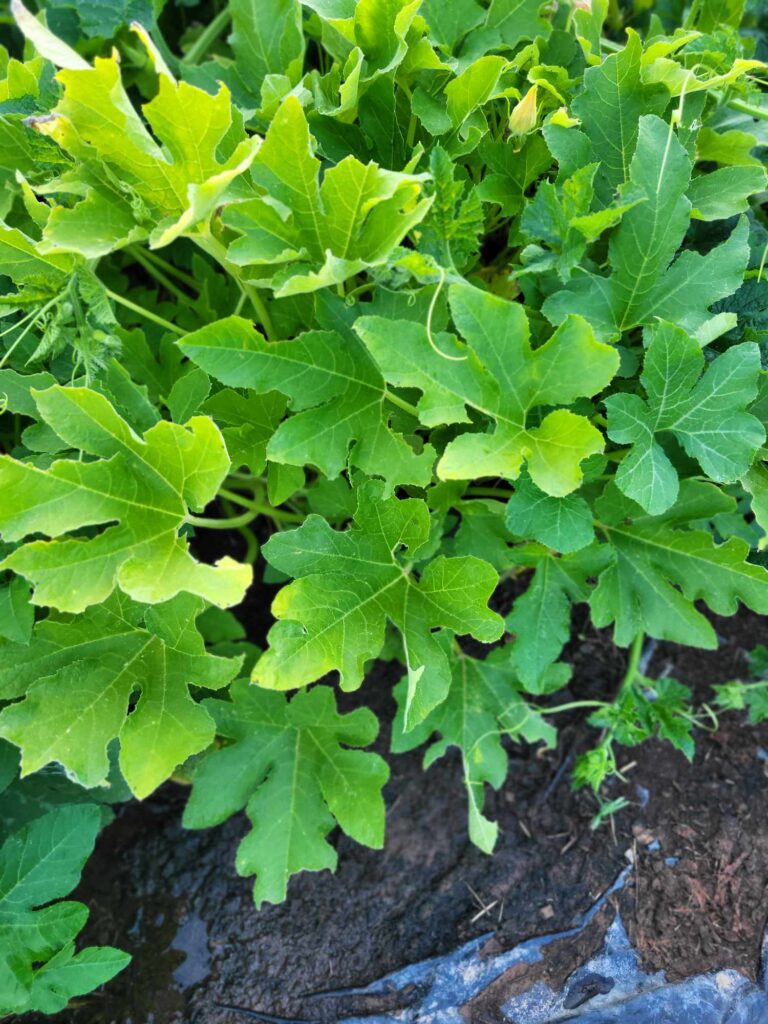Becoming a Homesteader
Are you yearning for a simpler, more self-sufficient lifestyle? The idea of becoming a homesteader might just be the answer. Above all, homesteading allows you to connect with nature, cultivate your own food, and live sustainably. Here’s a comprehensive guide to help you embark on this rewarding journey.
1. Understanding Homesteading
As a matter of fact, homesteading is more than just a lifestyle; it’s a mindset. It involves living self-sufficiently by growing your own food, raising animals, and often generating your own power. It can be as small-scale as urban gardening or as expansive as running a full-fledged farm or ranch.

2. Why Homestead?
- Sustainability: Produce your own food and possibly energy.
- Health: Enjoy fresh, healthy produce and healthier living conditions.
- Financial Independence: Cut down on grocery bills and utility costs.
- Personal Fulfillment: Experience the joy and satisfaction of creating and nurturing life.

3. Planning Your Homestead
Before you dive in, planning is crucial. Consider the following steps:
- Assess Your Goals and Skills
It’s important to identify why you want to homestead. Is it for healthier food, self-sufficiency, or a simpler lifestyle? Most important assess your current skills and what you need to learn and plan accordingly. It needs to be emphasized that you should have a basic understanding of gardening, animal husbandry, and basic carpentry. Or you can find a local handyman if you need help, everyone has to start somewhere.
- Choose Your Location
To clarify the location of your homestead will greatly influence your activities, consider climate, soil quality, water availability, and proximity to resources. Rural areas offer more space and fewer restrictions, while urban homesteading requires creativity to maximize limited space. Northern climates are not as hot in the summer but the cold winters make life difficult.
Additionally, if you are looking at a different state research the area and some questions to ask yourself:
- Questions:
- What are property taxes
- Is the state agriculture friendly,
- Are permits needed for everything that’s built – some places they are required, some none are required.
- How far away from restaurants, grocery and feed stores and gas stations do you want to be?
- Is there Internet, phone service, TV service available on the land you want to live on?
- Is there city water available or do you have to drill a well.
- Plan Your Layout
By all means it’s important to design a layout for your homestead, no matter how much you plan there will be things later that you wish you would have done different, but it’s best to look at different layouts of established homesteads to get an idea.
Once you have picked out some land, start allocating space for gardening, animal pens, storage, and living quarters. Ensure that the layout is practical and allows for future expansion, equally important look at where the sun rises and sets, where there is full sun and shade, where is the summer sun going to be the strongest. By the same token align buildings to block incoming wind and storms.
When we started our homestead, we had a barn and the beginnings of a chicken coop and goat pen. We started with an RV and Conex, and have slowly built our home out of two 40×16 ft buildings. We added carports to protect cars and the RV from adverse weather, a garden shed, and at the present time we are still adding to our homestead. I have a big garden, planted fruit trees—peach, apple, and pear—rose bushes, fig trees, crepe myrtles, butterfly bushes, and we are adding more every year.
4. Getting Started
- Start Small
Begin with manageable projects including starting a small vegetable garden, keeping a few chickens. As you gain experience and confidence, gradually take on more complex tasks. So much has to be done at first you definitely have to prioritize things and work on your list some every day.
- Learn and Experiment
Be that is as it may, homesteading is a continuous learning process and not for the weak of heart. Attend workshops, read books, and connect with other homesteaders. Talk to people at the FSA office, feed store, go to local sale barns and farmers markets and talk to people. Don’t be afraid to experiment and learn from your mistakes.
- Grow Your Own Food
Start with easy-to-grow vegetables, for example, tomatoes, lettuce, and herbs. Learn about crop rotation, companion planting, and natural pest control. Furthermore, use what the land gives you, there is so much that can be foraged depending upon the time of year. Likewise, consider preserving your harvest through canning, freezing, or drying it is pretty easy to pick up the skills to can your bounty. Given how important and what a broad topic this is there will be much more information given in my blog.
- Raise Animals
Chickens are a great starting point for beginners, they are fairly easy to keep, they provide eggs, help with pest control, and their manure is excellent for composting. As you become more experienced, you can add other animals like goats, bees, or even cows. As stated above this topic is also very complicated and large so there will be more on this topic in my blog.

5. Sustainability Practices
- Composting
Turn kitchen scraps and yard waste, gather leaves in the fall and it all will turn into nutrient-rich compost for your garden. Composting reduces waste and improves soil health without having to add any inorganic additives. Cow, chicken, goat, horse manure will help improve your soil faster than anything you do.
6. Building Community
It’s important to realize homesteading can be challenging, therefore, having a supportive community is invaluable. Join local homesteading groups, attend farmers’ markets, and participate in community events. Sharing knowledge, resources, and experiences can make your homesteading journey more enjoyable and successful.
7. Challenges and Rewards
The reality of homesteading is that it requires hard work and dedication it is a 24 x 7 undertaking that you must be aware of. You’ll face challenges like unpredictable weather, pests, and physical labor. However, the rewards are immense including gain a deep connection to the land, a sense of accomplishment, and the peace of mind that comes with self-sufficiency.
Final Thoughts
In conclusion, becoming a homesteader is a journey that requires passion, patience, and perseverance. Start small, learn continuously, and embrace the lifestyle with an open heart, whether you’re in a city apartment or a rural farmhouse, the principles of homesteading can lead to a more sustainable and fulfilling life.
This blog is set up to help you in your journey and will go into more depth about all of these aspects of homesteading plus more that have come up in our journey. Welcome to my blog and feel free to reach out to me any time.
Happy homesteading!
Have questions or need advice on starting your homestead? My email is luron@homesteadingwithgrandma or find me on Facebook Homesteading with Grandma.
